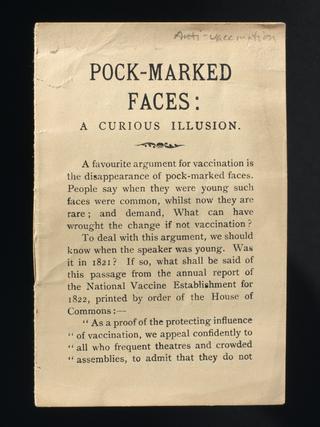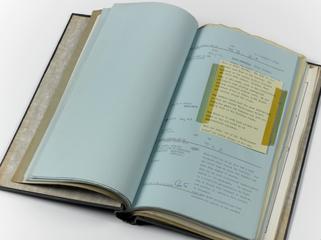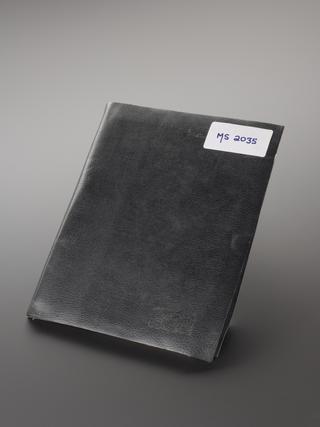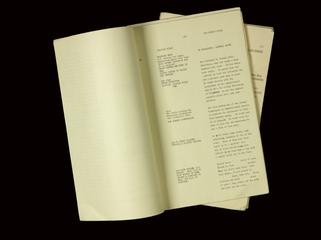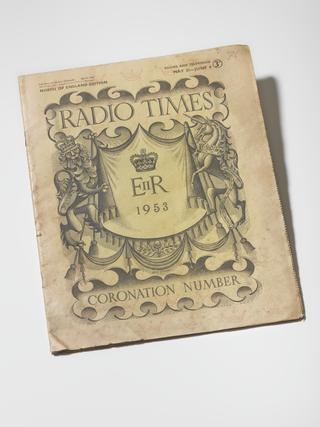
[Certificate admitting Samuel Argall to the degree of Doctor of Medicine at the University of Padua, 15 Oct 1649. 2 leaves, ms. on parchment. With two attached wax seals. Argall was admitted to the Royal College of Surgeons in 1652 and became an honorary fellow in 1664] MS 106
For Dr Samuel Argall, this object was his passport to society’s elite. What’s so good about it?
It’s a degree certificate from one of the most prestigious medical schools in Europe during the 1600s – the University of Padua in Italy.
Start with the big red seals. A university crest or other official symbol was stamped into the wax while it was still hot. Why was this important? The certificate needed to be authentic to prove he had completed the final three years of his medical training, qualifying on October 15th, 1649.
Long years of training were considered necessary to becoming a top-rank gentleman practitioner. He’d done a Cambridge University degree in 1643, and studied for a year at Leiden University in the Netherlands in 1644. Why did he spend so much time in Europe? There were good anatomy schools in London and Edinburgh, but some of the best teaching was in continental Europe. The anatomy lecture theatres at Leiden and Padua were especially famous.
Was Padua the final hurdle? Would his privileged education guarantee him a successful and lucrative career? Such sophisticated men were apparently devoted to learning rather than money. But he did receive further honours. After three years of practice he was admitted to the Royal College of Surgeons, and twelve years later elected Honorary Fellow. The academic elite were just one fraction of medical practice – for every Samuel Argall there was a whole host of apprenticed barber-surgeons, apothecaries, midwives, and quacks.
Details
- Category:
- Archive
- Object Number:
- 2000-1499
- Measurements:
-
overall: 25 mm x 360 mm x 360 mm, .58kg
certificate: 220 mm x 310 mm
- type:
- certificate
- credit:
- Pollak, P. M.
